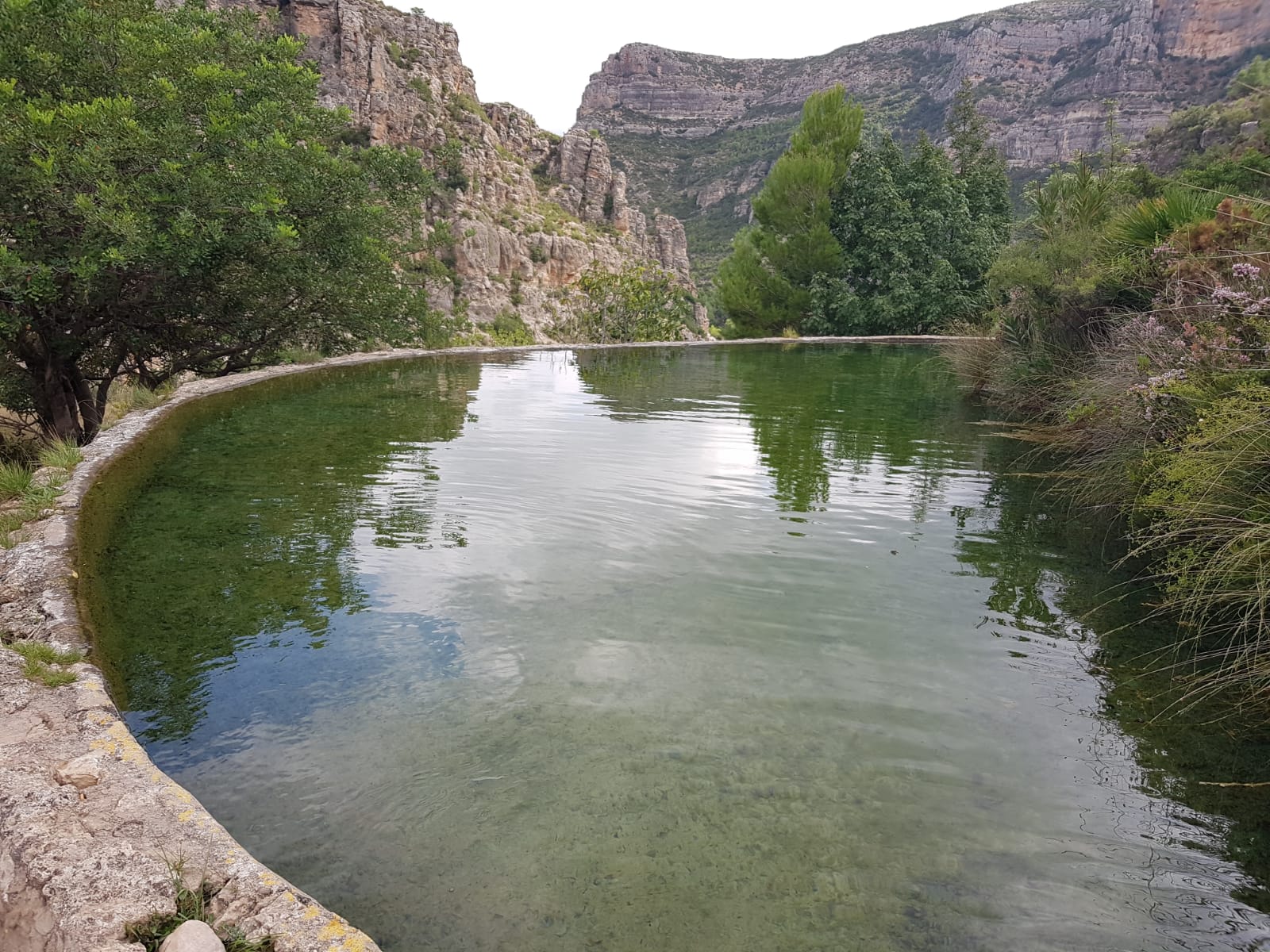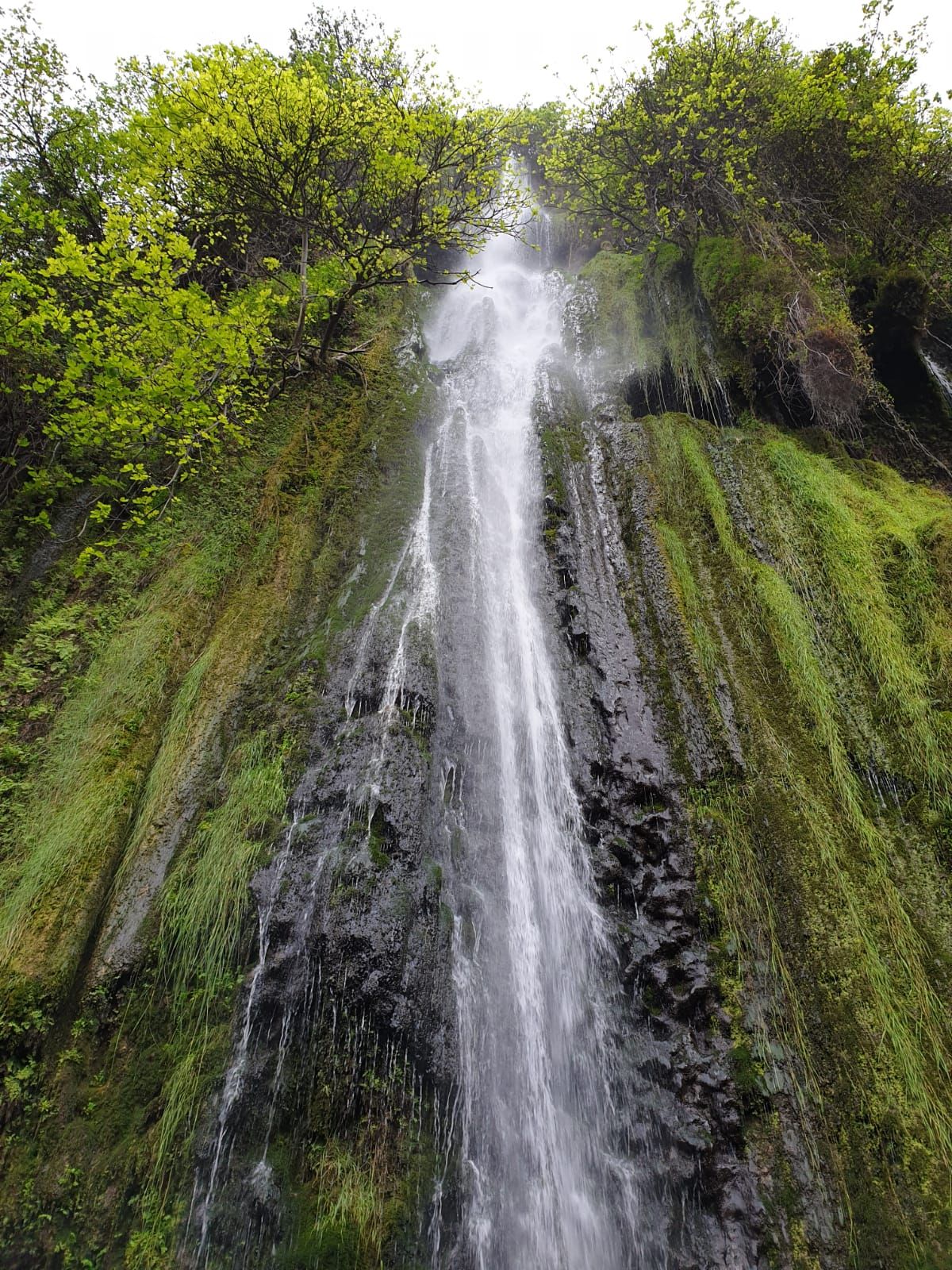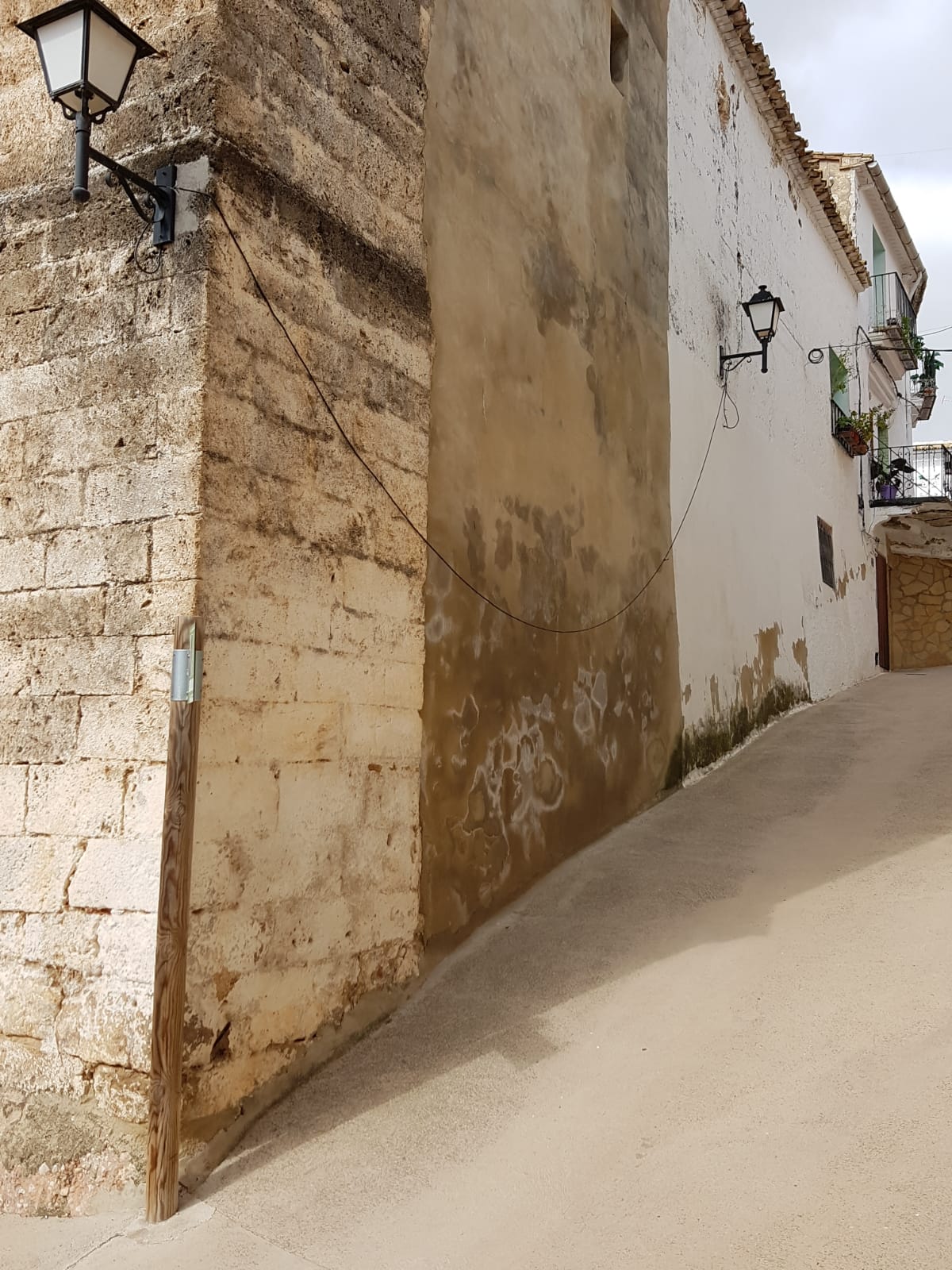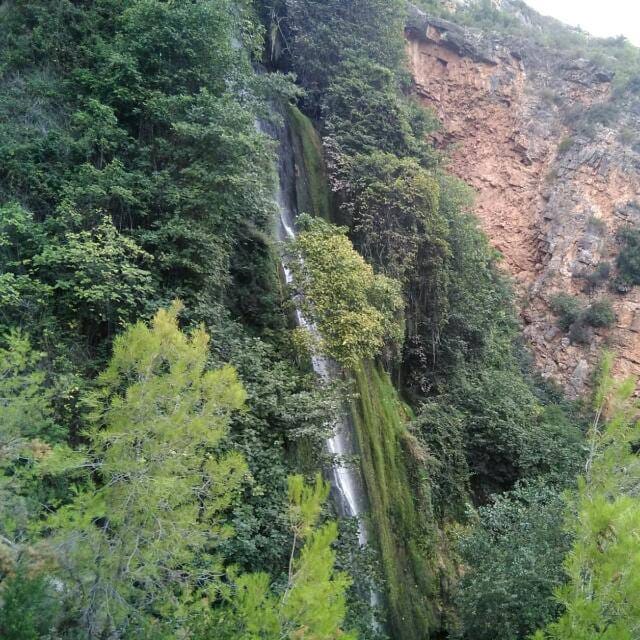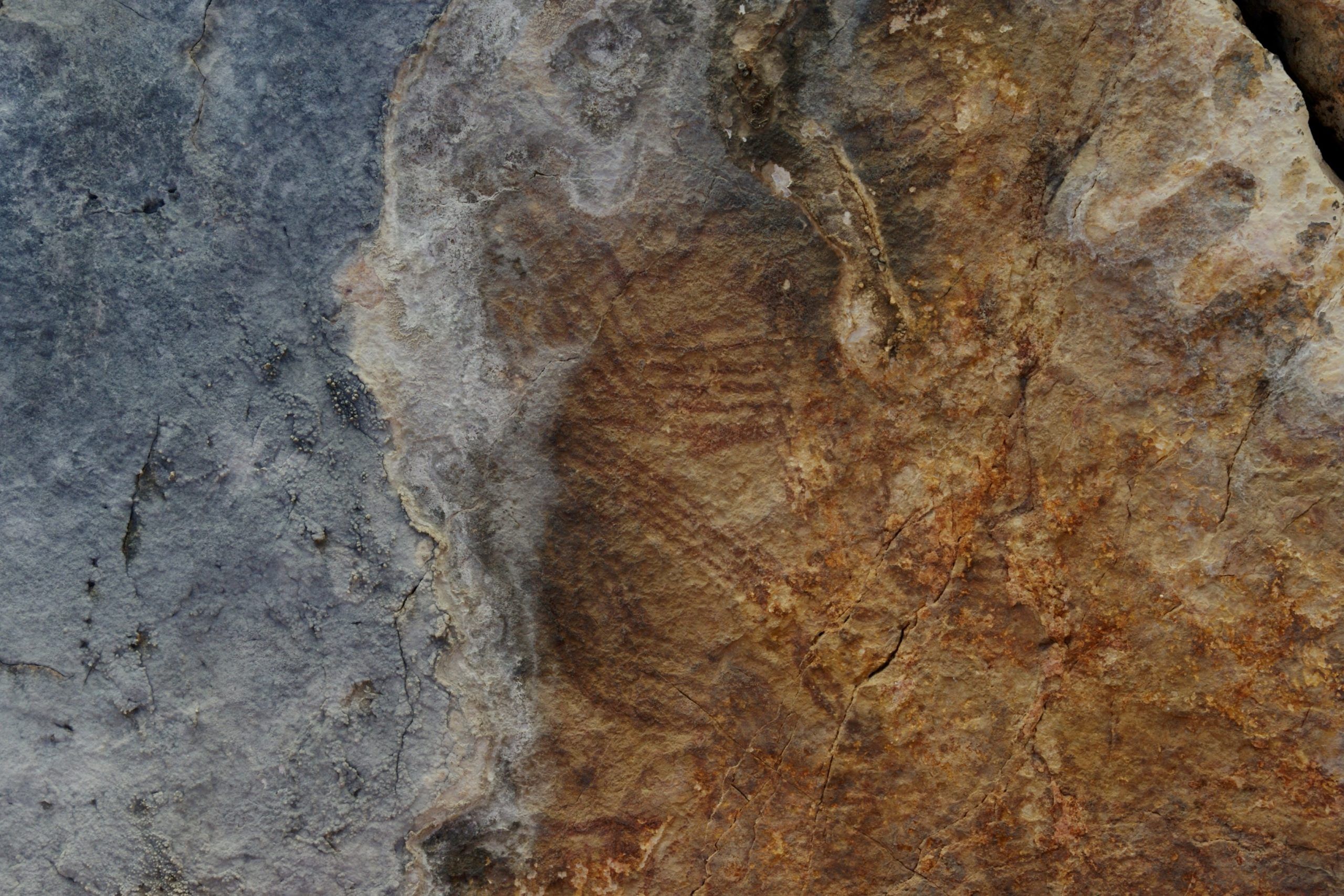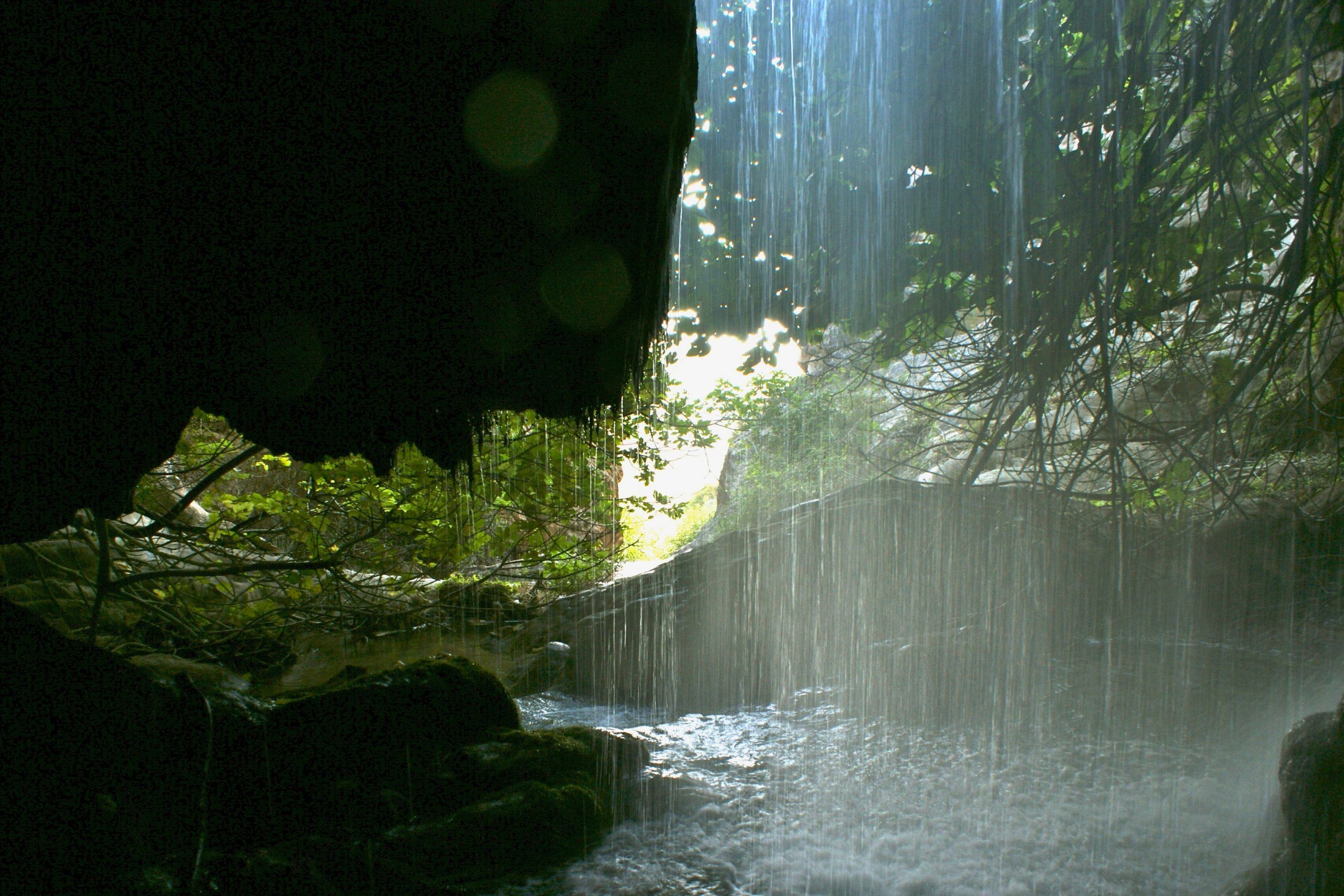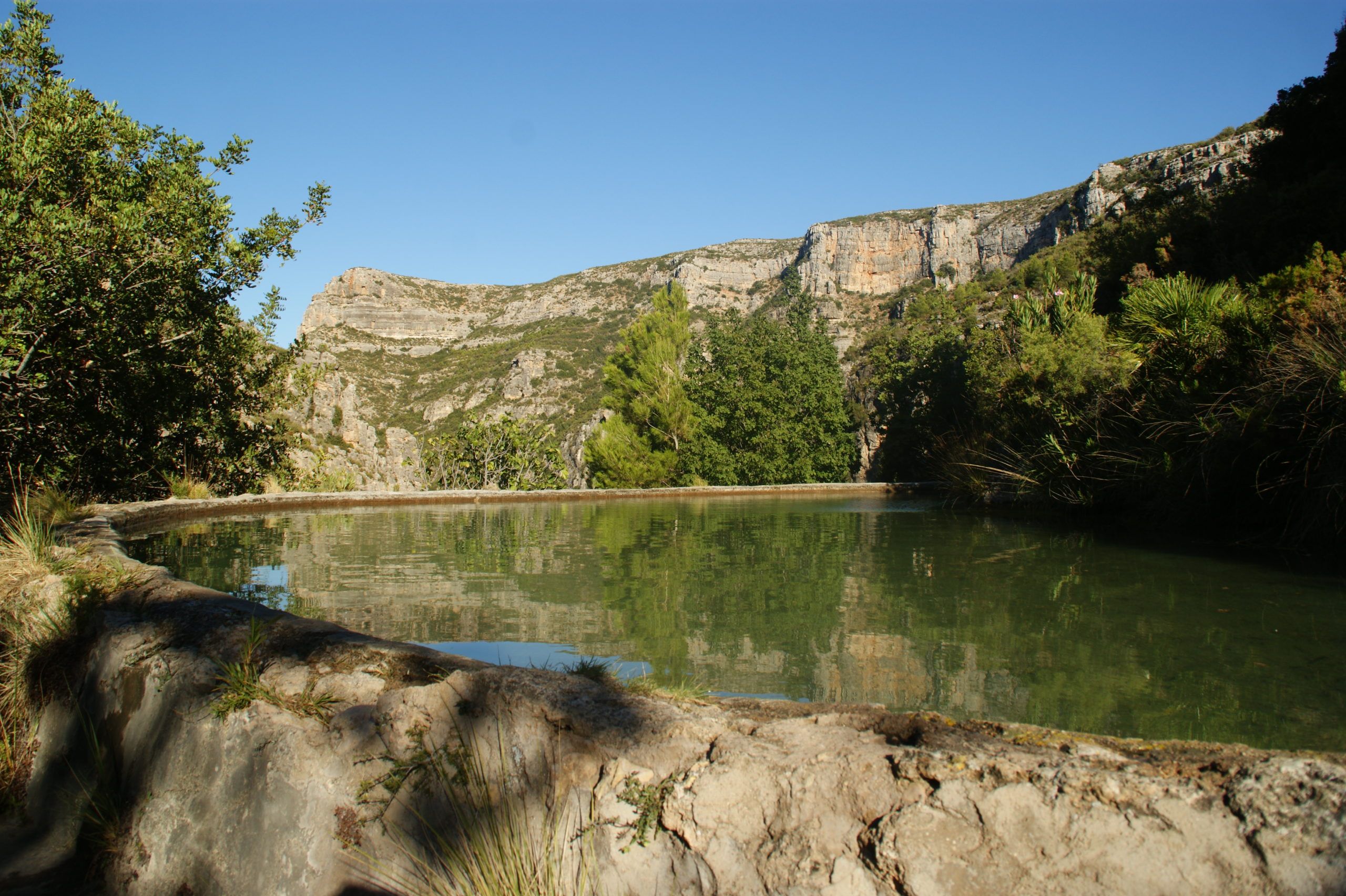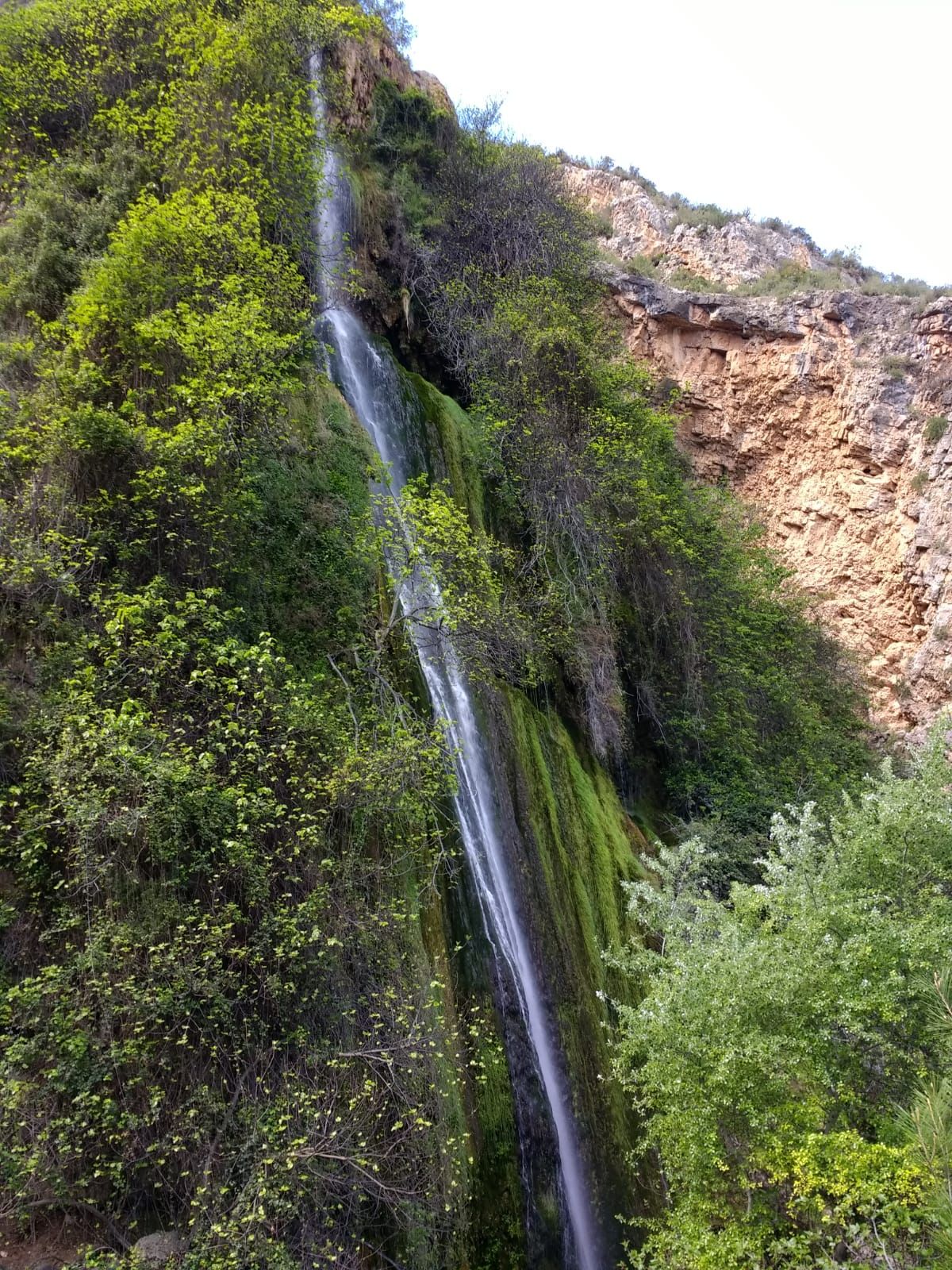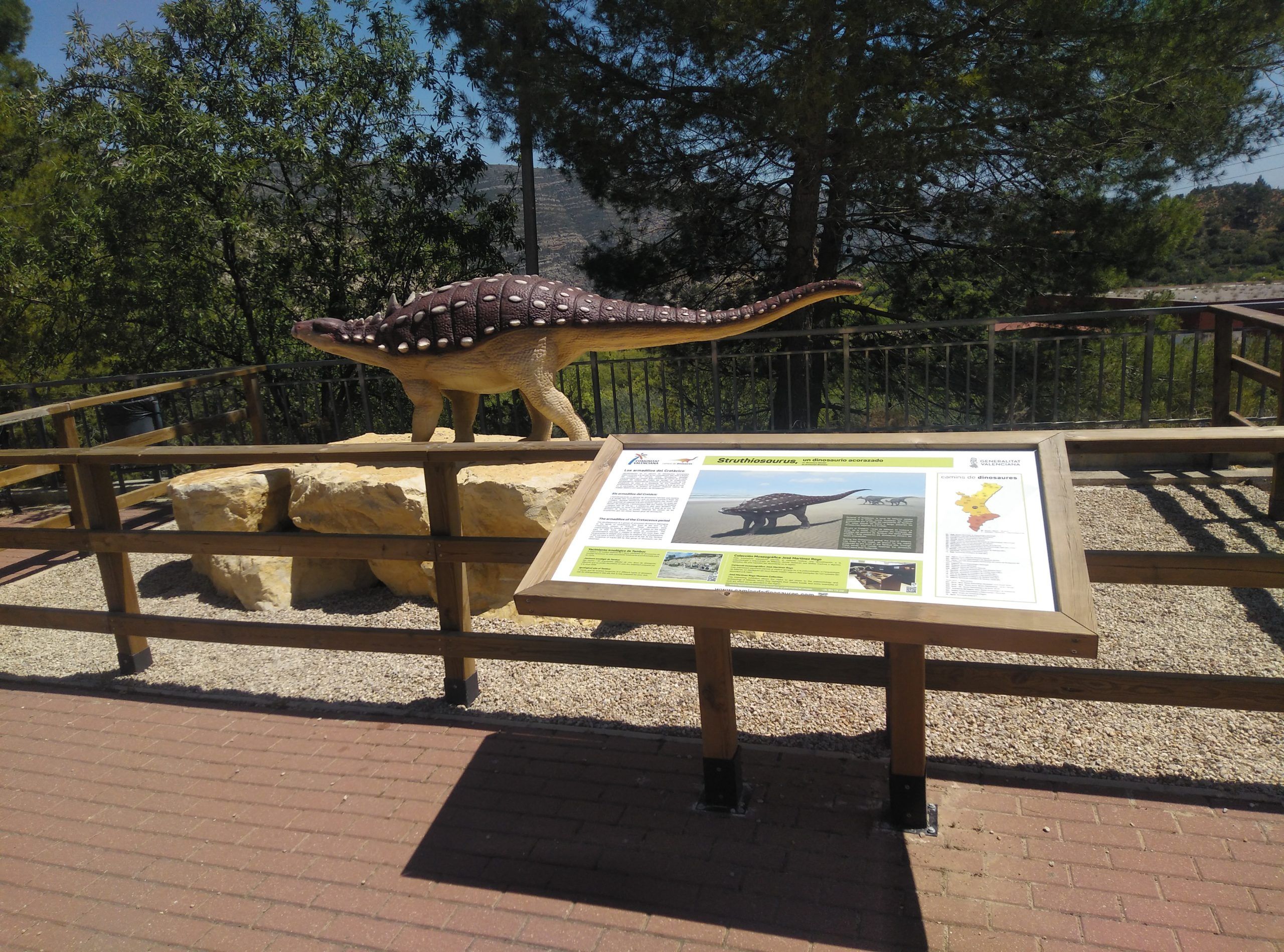Millares
The most notable local monuments include Millares castle, located in the vicinity of the village on the northern slopes of a mountain which runs down onto the River Júcar; the remains of the castle can be seen, together with those of other constructions which formerly stood along the river and which protected the River Júcar’s gorge against possible invasions, including Coves castle, also in ruins, and the lookout tower, which is still standing at a vantage point overlooking the River Júcar. Perched on a slope of Las Cañas ravine, on the left bank of the Júcar, there is a small group of Levantine cave paintings. Dating from a human occupation during either the early days of the metal age or from a little before the end of the Neolithic, the Cova dels Donnes settlement also bears testament to life in the Iberian period.
Gastronomy:
Ecological, extra virgin olive oil, its high quality making it one of the most well-known of those produced in the Valencia Region. Rice with herbs, gazpachos, a variety of rabbit dishes, mushrooms and munchetas.
Special mention may be made of the village’s traditional sweets, of which the most typical are anise rolls, sweet potato cakes, pastries, Swiss roll, etc.
Places of interest:
El Castillet
In spite of the diminutive term by which it is known, El Castillet sits high and omnipresent over the agricultural lands around Millares. Atop a stark rock, the fortress looks out over the agricultural terraces towards the west and over the River Júcar towards the east.
The foundations of El Castillet’s walls remain intact, although the passage of time has damaged significant parts of the construction. Abandon and the settling of the ground have buried the wall, as well as the remains of the internal structures, such as the barns and rooms, under a heavy layer of earth, which archaeologists are now working to remove. Excavations have brought to light pieces of ceramic used in the kitchens and which bring to light the image of a stable life in the Castle, a permanent habitat for the garrison that protected the village. Remains of pottery dating from the end of the 12th century and the start of the 13th century have also been discovered. They coincide with the last period of Muslim dominance in Xarq Al-Andalus, prior to the Christian conquest led by James I of Aragon.
Festivities:
Saint Blaise (3rd February), Saint John (24th June), Holy Christ of Salvation (6th August). Bioaceite Fair, esparto handicrafts.
